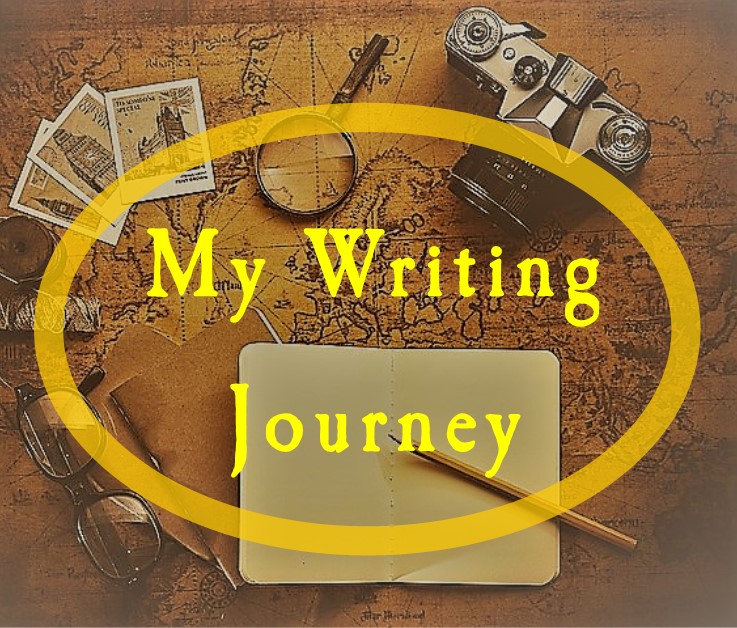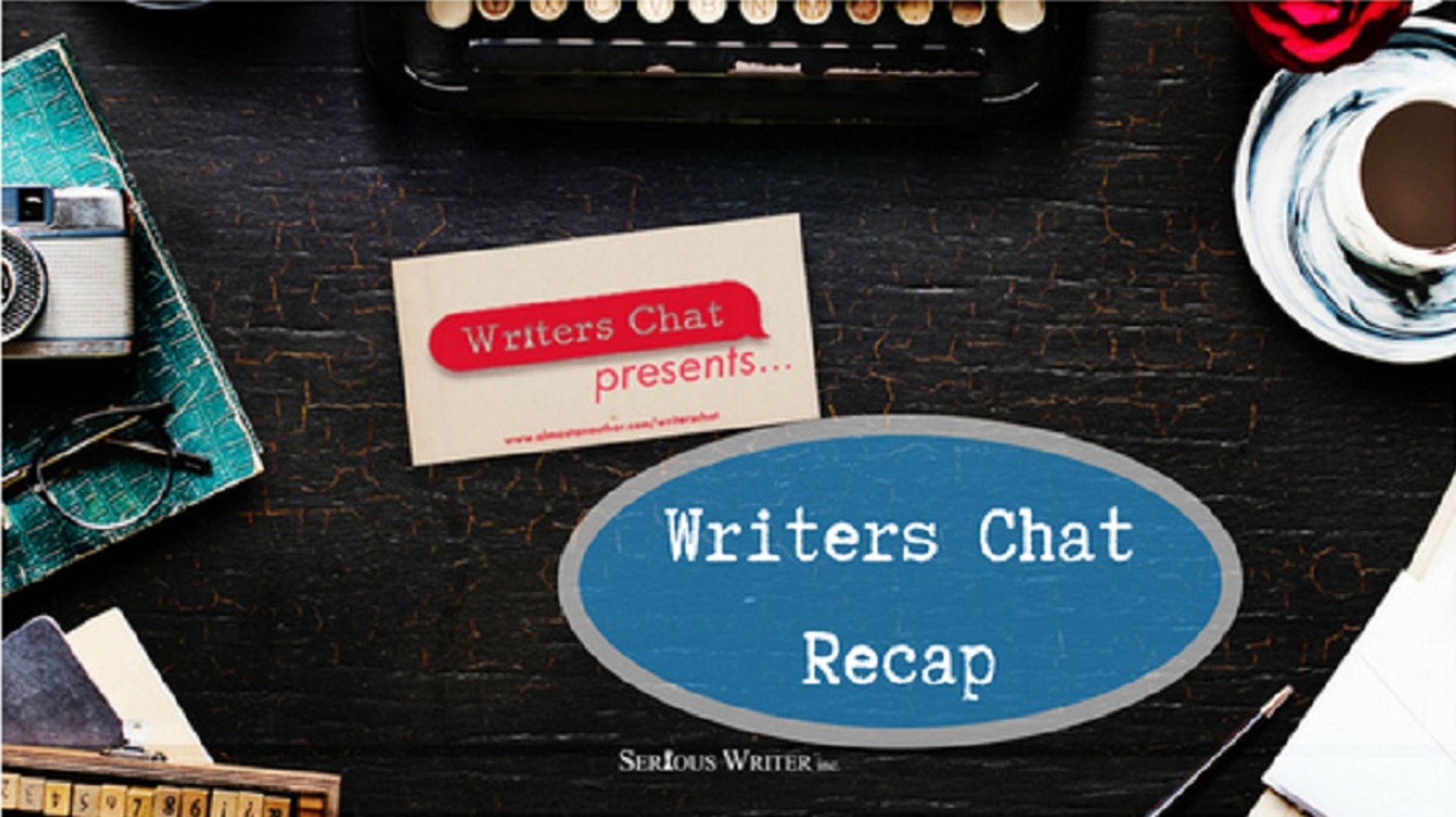
Keep Rolling
I love quotes, motivational thoughts, words of wisdom or whatever you like to call them. The writer in me…
July 6, 2024
I love quotes, motivational thoughts, words of wisdom or whatever you like to call them. The writer in me…
July 6, 2024
But in your hearts revere Christ as Lord. Always be prepared to give an answer to everyone who asks…
July 3, 2024
As writers, we want to grab our reader’s attention from the very first sentence and keep them reading to…
April 24, 2023
Whether you write professionally or simply want to publish your first novelette, your success depends on more than just…
April 10, 2023
My daughter and I recently visited a discount bookstore–a writer’s happy place. It became even happier when we discovered…
July 6, 2022
Surviving a writing slump can be challenging. Getting paid by the word or the project hardly equates to a…
December 17, 2021
As we look ahead to a new year and a new opportunity to write and learn, I wanted to…
December 16, 2020
What would a mystery be without red herrings? Boring and short, most likely. Red herrings are a writer’s primary…
March 17, 2019
We’re story-tellers! So, we often want to tell every scrumptious detail of our stories as we write. But not…
February 21, 2019
Someone told me once there wasn’t conflict in romance novels. Boy meets girl. Boy gets girl. End of story.…
January 23, 2019
Hiking can quickly change from breathtaking scenery to a breathtaking fall. We have to watch our steps in order…
November 27, 2018
When thinking about the dialogue in our story, whether fiction or nonfiction, we must consider perspective. With each story,…
November 22, 2018
The fact I started writing a full-length novel as full-time student might seem a little scary, and you’d be…
November 3, 2018
Do you ever stare at one sentence until your eyes start watering? Have you had to read that one…
October 16, 2018
I enjoy digging into the past, following bunny trails of history, and learning about cultures long interred and nearly…
September 20, 2018
Write Every Day It’s oft-given advice for aspiring writers. If you want to become a good writer, you should…
September 8, 2018
It’s time for another Third Anniversary Throwback Thursday. Almost an Author features a great advice on a wide variety…
July 19, 2018
Writers Chat, hosted by Jean Wise, Johnnie Alexander, and Bethany Jett, is the show where we talk about all…
July 17, 2018
Almost an Author is celebrating its third anniversary. Why not take a moment to look back at some of…
July 5, 2018
Setting is far more than the backdrop of a novel. It’s the environment that breathes life into a story. It…
June 19, 2016